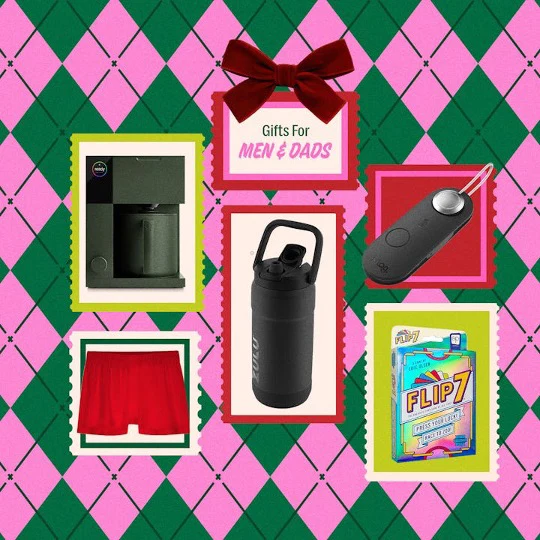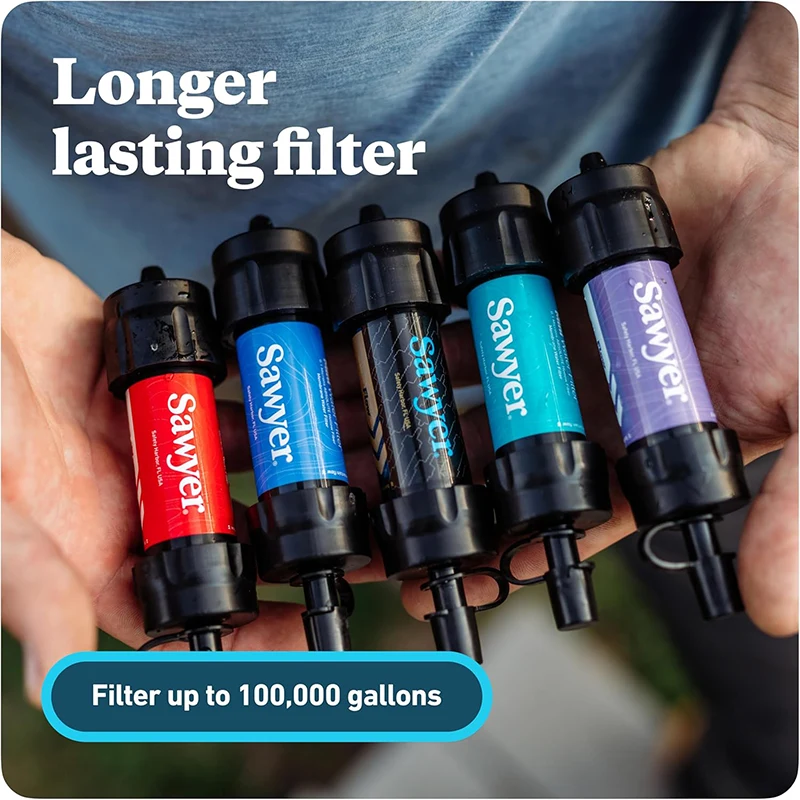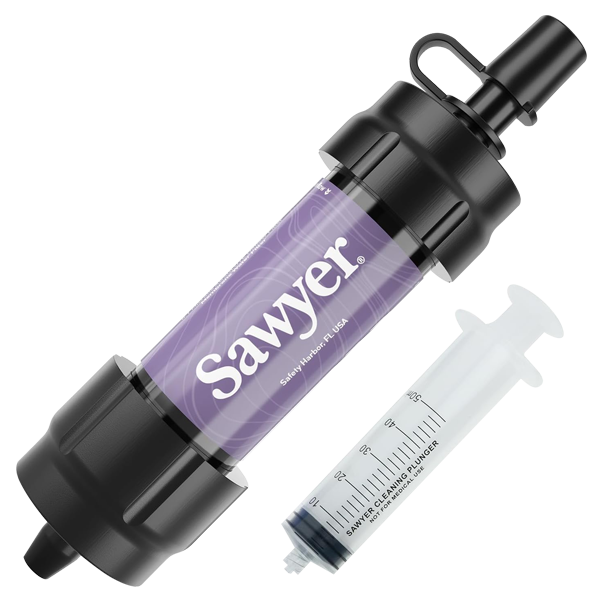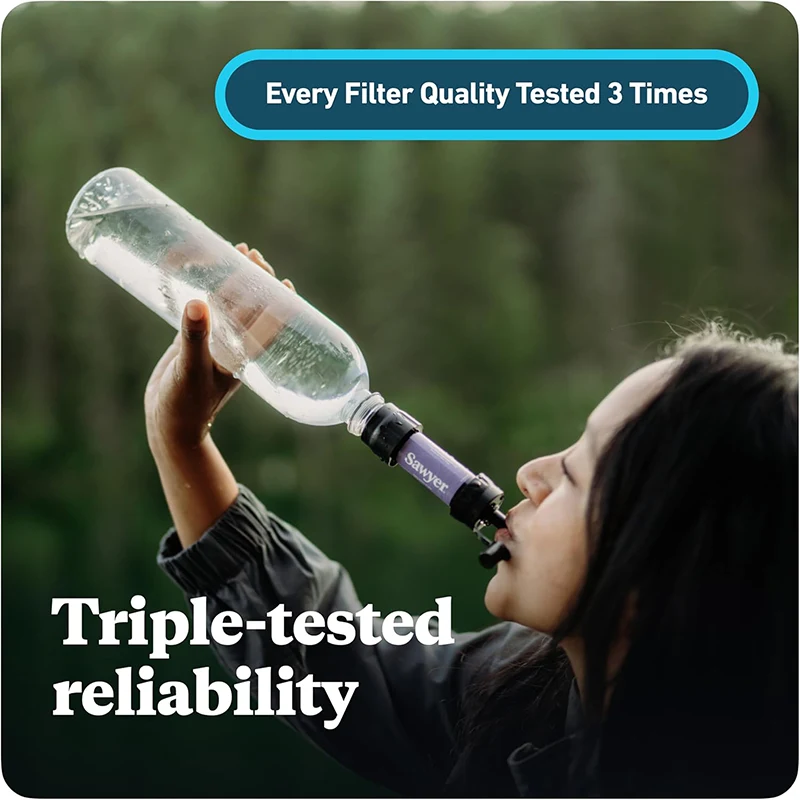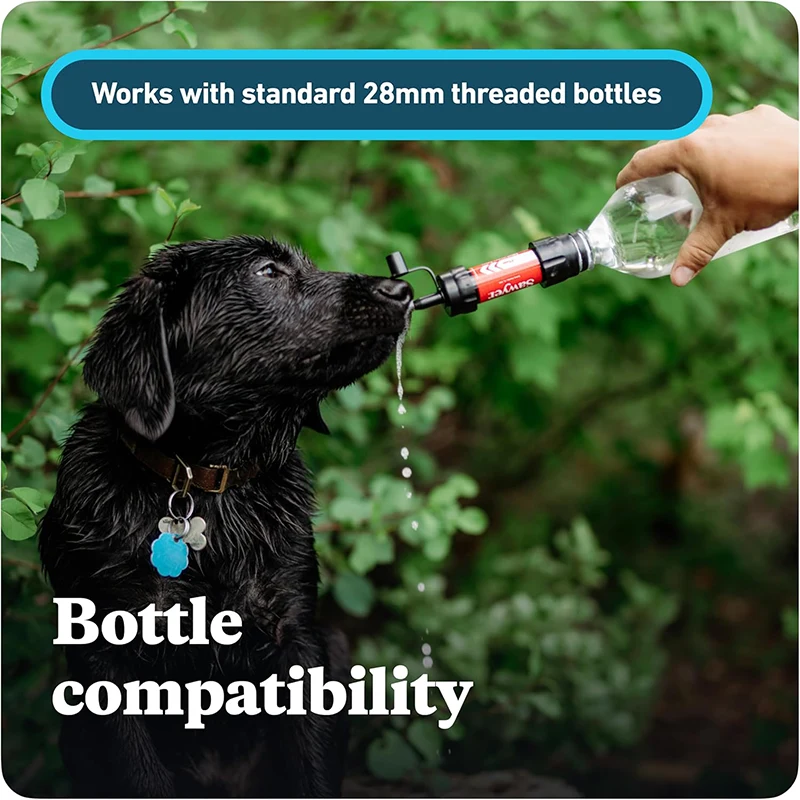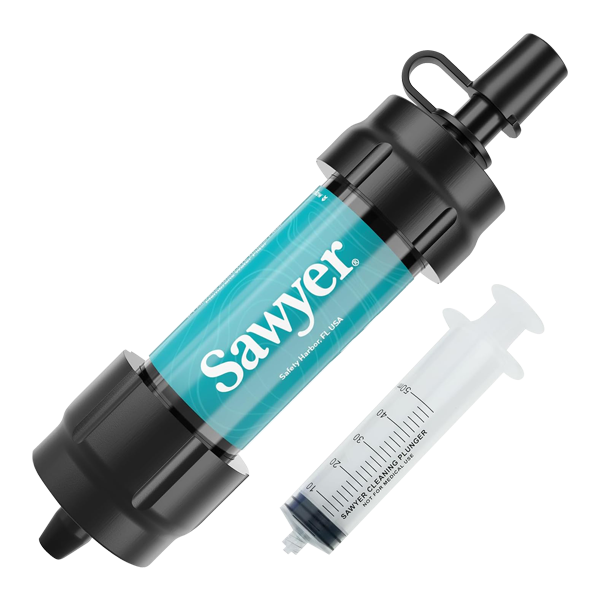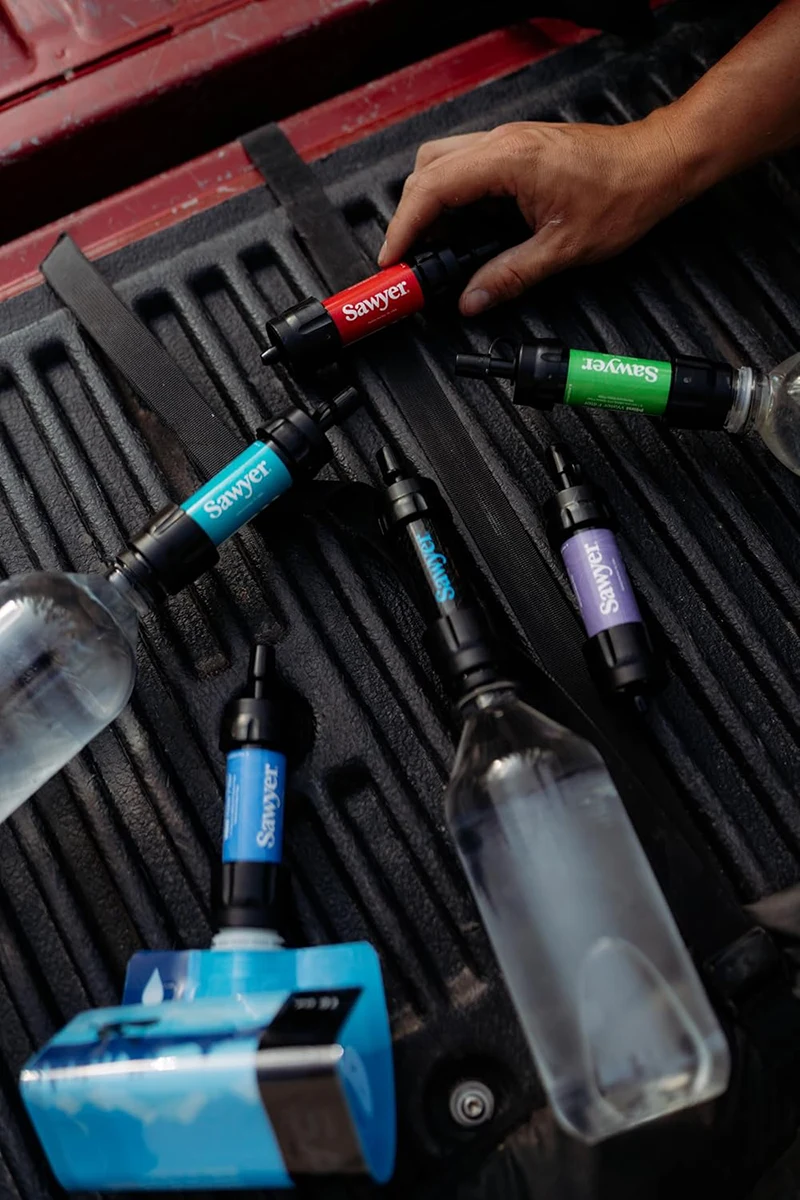Primal Survivor: The 9 Water Purification Methods: What They Treat and their Pros and Cons
September 16, 2021
/ 5 min read
Primal Survivor: The 9 Water Purification Methods: What They Treat and their Pros and Cons
Primal Survivor: The 9 Water Purification Methods: What They Treat and their Pros and Cons
September 16, 2021
/ 5 min read
Primal Survivor: The 9 Water Purification Methods: What They Treat and their Pros and Cons
September 16, 2021
/ 5 min read
Primal Survivor: The 9 Water Purification Methods: What They Treat and their Pros and Cons
September 16, 2021
/ 5 min read
Primal Survivor: The 9 Water Purification Methods: What They Treat and their Pros and Cons
Primal Survivor: The 9 Water Purification Methods: What They Treat and their Pros and Cons


The 9 Water Purification Methods: What They Treat and their Pros and Cons
Having a water purification method is one of the most important parts of disaster prepping. But it is also one of the most confusing.
There is a LOT of information out there about water purification systems, and a lot of the info is purposely misleading because companies want you to buy their products.
The reality is that there is no one “best” method of purifying water in disaster situations.
Which water purification method to use depends on your situation and the types of threats present.
For example, a water treatment system designed for backcountry use where viruses aren’t likely probably won’t be safe for treating flood water in an urban environment.
Here is an overview of the 9 methods of disaster water purification and the pros/cons of each written by Diane Vukovic here.
Recent articles
Other categories
You might also like
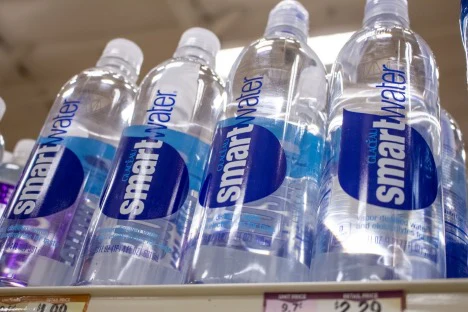
Gear Junkie: Say Goodbye to Smartwater Bottles — These Dialed Alternatives Have Refined the Design
Mary Andino
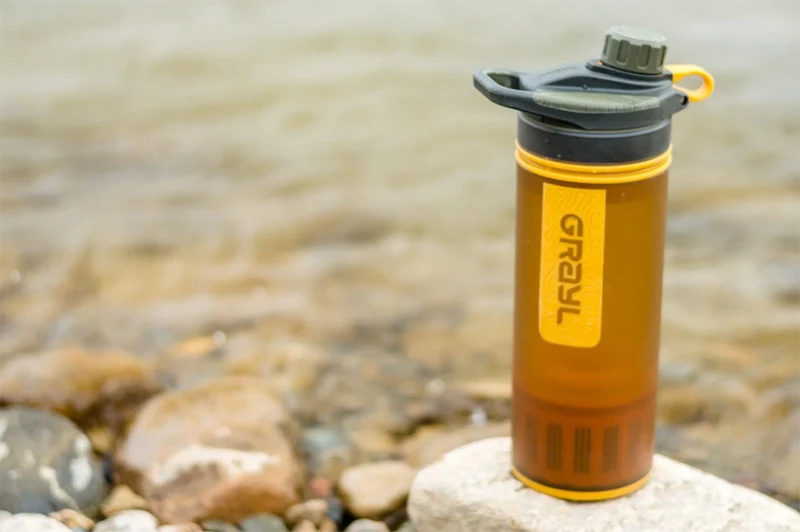
Worldly Adventurer: The Best Travel Water Filters & Purifiers for Every Budget – Tested & Ranked
Steph Dyson
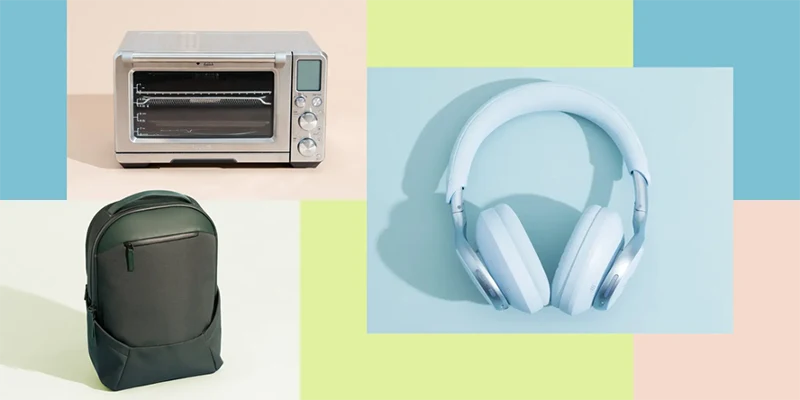
New York Times: Wirecutter: The 100 Most Popular Products of 2025
Wirecutter Staff
Shop some of our faves
SHOP PRODUCTSExplore All Sawyer has to Offer



